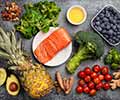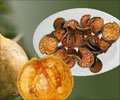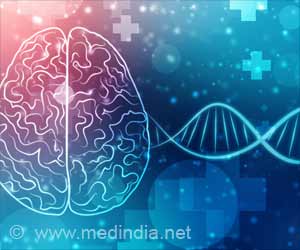Flavonoid derivative, new synthetic anti-inflammatory, and cytotoxic agents can now target Nuclear factor-kappaB (NF-kappaB)
Novel flavinoid derivatives have to be discovered to target Nuclear factor-kappaB (NF-kappaB), responsible for inflammation and cancer gene regulation, urged a new study published in
Recent Patents on Inflammation & Allergy Drug Discovery journal.
In the view of this strategy, three series of flavanone derivatives (30 compounds in total) were synthesized followed by the characterization and establishment of the structure using various spectroscopic methods viz. UV, IR H1NMR, C13NMR and mass spectrometry. All 30 synthesized compounds were evaluated for anti-inflammatory and cytotoxic activity.
TOP INSIGHT
NF-kappaB factor responsible for cancer gene regulation and inflammation can now be targeted by the flavonoid derivative
In vivo anti-inflammatory activity of flavanone derivatives based on carrageenan-induced rat paw edema model identified compounds such as (10b), (1c) and (2c) as potent anti-inflammatory agent, whereas the compounds (10b), (6b), (4b), (2b), (6a), (4a), (5c) and (3c) have shown promising cytotoxicity against different cancer cell lines ( MCF-7, HeLa, COLO-205 and PC-3 cancer cell lines).
Among the synthesized flavanone derivative, compounds (10b) and (4b) exhibited the maximum cytotoxic effect against different cancer cell lines.
Furthermore, all the compounds were docked into the active site of NF-kappaB receptor to identify the most potential candidates. The top-ranked compounds (10b, 4b) were subjected to cell cycle analysis using flow cytometer and have shown to induce cell cycle arrest mainly at G2/M phase.
Promising activity of the compounds (10b) and (4b) demands further in vivo anti-cancer activity and clinical studies. Excellent correlation was observed between docking score and cytotoxic activity/anti-inflammatory potency of screened drugs.
Docking studies revealed that carbonyl oxygen, NO2, OH, and OCH3 of the flavanone derivatives were involved in hydrogen bonding with various amino acids of the receptor.
This confirms our hypothesis that conjugation of two pharmacophores might improve the pharmacological profile of synthesized compounds.
Source-Eurekalert

 MEDINDIA
MEDINDIA

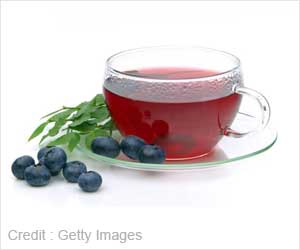
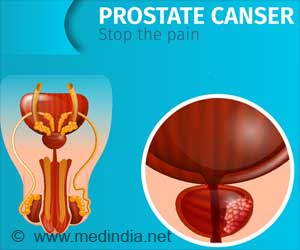

 Email
Email
